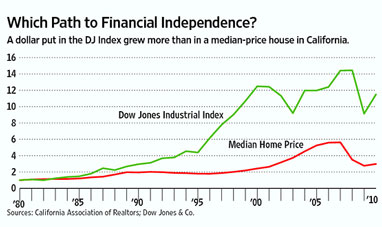The dictated debt limit deadline looms and a credit rating downgrade, to US Treasury securities and agency mortgage-backed securities, seems likely. Naturally, a spike in treasury yields is expected and a subsequent rise in mortgage rates should follow. That’s right out of the senior year textbook, in most American business schools.
I’m not so sure the fixed-income markets will follow the textbook. Mortgage rates might … do nothing in response the the credit rating downgrade. Here’s why:
The credit ratings agencies lack……well…credibility.
The independent credit ratings agencies ( Moodys, Standard & Poors, Fitch, etc) have a reputation for being late on the scene. They got hoodwinked with Enron, MCI/Worldcom, and Greece. They were asleep at the wheel during the mortgage meltdown, issuing AAA ratings to CDOs, up until late 2007. They are often considered to be too chummy with the issuers (the issuers pay their fee) and when the issuer is a government (with the power to regulate their business), they generally walk on eggshells.
The news may be baked into the market already.
The ratings agencies have been signaling a potential downgrade for months. Clearly, raising the US debt limit will allow the Treasury to remain “liquid” but the agencies have said a downgrade is likely unless a substantive plan is enacted to reduce spending. Cut, Cap & Balance, the “most extreme” of the proposals offered, still might not have been “extreme” enough to avoid a downgrade. Both political parties are demonstrating that they lack the political will to address the long-term structural deficits, needed to bolster the Federal budget, to avoid the ratings downgrade. Fixed income traders seem to be shrugging that off.
US Treasury securities are still considered to be the safest investment in the world.
Certainly there are better run countries than the US but their debt offerings lack SIZE; there ain’t enough of that debt for the real money. Germany has its EU obligations hanging around in the background and Japan seems to be in worse shape than we are. Chinese sovereign debt could be a consideration but the Chinese and Japanese still want their investments dollar-denominated. The US is, for all Read more



